-
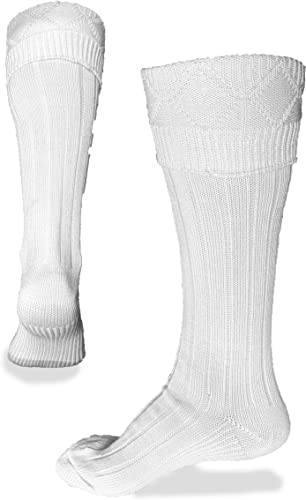 Sale
SaleWhite Kilt Hose
Regular price $28.00 CADRegular priceUnit price / per$42.00 CADSale price $28.00 CADSale -
 Sale
SaleScottish Kilt Hose
Regular price $28.00 CADRegular priceUnit price / per$42.00 CADSale price $28.00 CADSale -
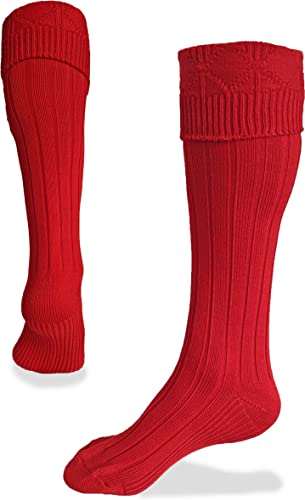 Sale
SaleRed Kilt Hose
Regular price $28.00 CADRegular priceUnit price / per$42.00 CADSale price $28.00 CADSale -
 Sale
SaleOff-White Kilt Hose
Regular price $28.00 CADRegular priceUnit price / per$42.00 CADSale price $28.00 CADSale -
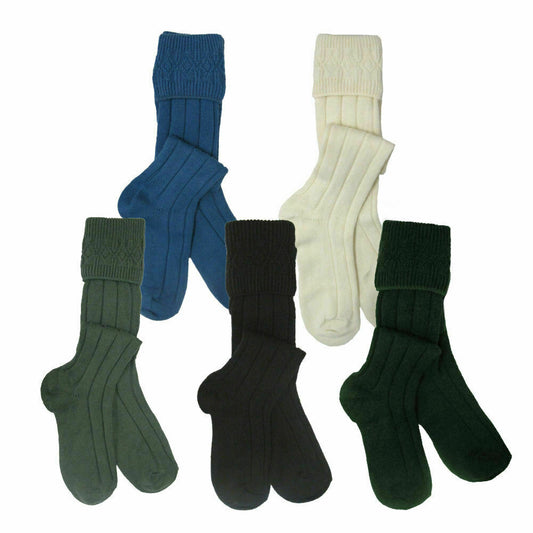 Sale
SaleKilt Hoses For Sale
Regular price $28.00 CADRegular priceUnit price / per$42.00 CADSale price $28.00 CADSale -
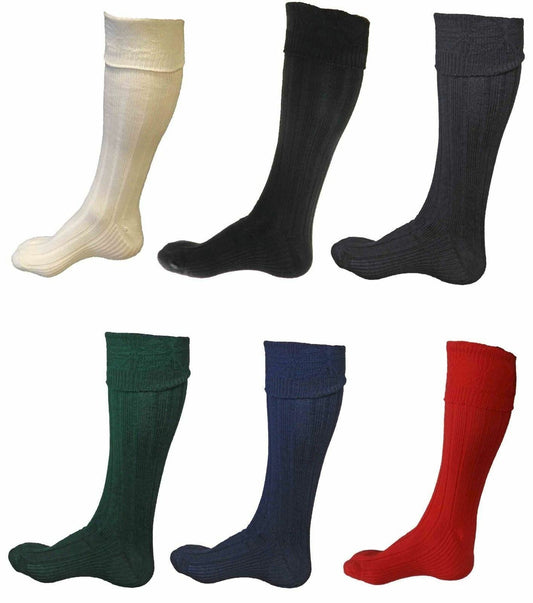 Sale
SaleKilt Hoses
Regular price $28.00 CADRegular priceUnit price / per$42.00 CADSale price $28.00 CADSale -
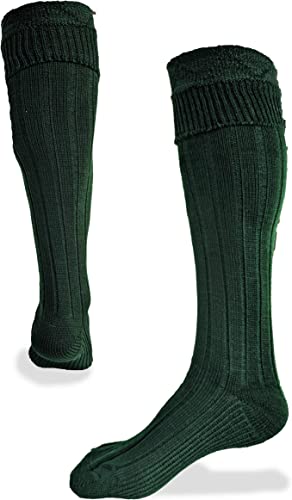 Sale
SaleGreen Kilt Hose
Regular price $28.00 CADRegular priceUnit price / per$42.00 CADSale price $28.00 CADSale -
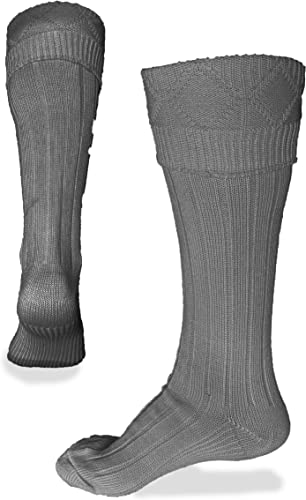 Sale
SaleGray Kilt Hose
Regular price $28.00 CADRegular priceUnit price / per$42.00 CADSale price $28.00 CADSale -
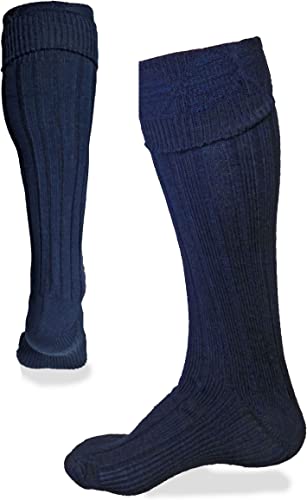 Sale
SaleBlue Kilt Hose
Regular price $28.00 CADRegular priceUnit price / per$42.00 CADSale price $28.00 CADSale -
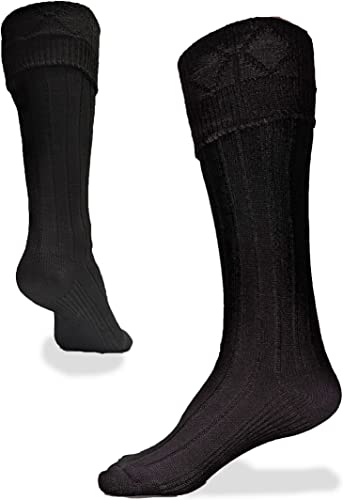 Sale
SaleBlack Kilt Hose
Regular price $28.00 CADRegular priceUnit price / per$42.00 CADSale price $28.00 CADSale
Collection: Kilt Socks
Kilt Socks: The Perfect Complement to Highland Attire
Introduction: Kilt socks are an essential component of traditional Highland dress, providing both practicality and style to the ensemble. Worn with kilts and ghillie brogues, these socks not only offer comfort and protection but also add a finishing touch to the iconic Scottish outfit. In this guide, we'll explore the features, materials, styles, and cultural significance of kilt socks, highlighting their importance in completing the Highland attire.
Features of Kilt Socks:
-
Length: Kilt socks typically extend to just below the knee, ensuring they cover the lower leg and calf while leaving a portion of the knee exposed. This length is essential for maintaining the traditional aesthetic of Highland dress and preventing the socks from slipping down during wear.
-
Material: Traditional kilt socks are made from wool, which provides warmth, durability, and moisture-wicking properties. However, modern variations may also incorporate synthetic fibers or blends for added comfort and performance.
-
Ribbed Design: Many kilt socks feature a ribbed knit construction, which provides stretch and elasticity for a snug and comfortable fit. The ribbed design also adds texture and visual interest to the socks, enhancing their appearance when worn with a kilt.
-
Turnover: Kilt socks often feature a turnover or cuff at the top, which can be folded down to create a neat and polished look. The turnover may be plain or decorated with a decorative band or pattern, adding a touch of sophistication to the socks.
Materials Used in Kilt Socks:
-
Wool: Traditional kilt socks are typically made from wool, which offers natural insulation, breathability, and moisture-wicking properties. Wool socks are ideal for keeping the feet warm and dry in cold or damp conditions, making them well-suited for outdoor activities and Highland events.
-
Cotton: Cotton is another common material used in kilt socks, prized for its softness, breathability, and moisture-absorbing capabilities. Cotton socks are lightweight and comfortable to wear, making them suitable for warmer climates or indoor occasions.
-
Synthetic Fibers: Modern kilt socks may incorporate synthetic fibers such as nylon or polyester for added durability, stretch, and quick-drying properties. These synthetic blends enhance the performance of the socks and ensure they maintain their shape and fit over time.
Styles of Kilt Socks:
-
Plain: Plain kilt socks feature a simple, solid-colored design without any additional embellishments or patterns. These socks offer a classic and versatile option that complements a wide range of kilts and outfits.
-
Argyle: Argyle kilt socks feature the iconic diamond-shaped pattern known as Argyle, adding a touch of sophistication and tradition to the ensemble. These socks are well-suited for formal occasions or events where a more refined look is desired.
-
Tartan: Tartan kilt socks are designed to match the tartan pattern of the wearer's kilt, creating a coordinated and cohesive look from head to toe. These socks are perfect for showcasing clan or family pride and are often worn during Highland gatherings or special celebrations.
Cultural Significance: Kilt socks hold cultural significance as symbols of Scottish heritage, tradition, and pride:
-
Highland Dress: Kilt socks are an integral part of traditional Highland dress, worn by men and women alike as a symbol of Scottish identity and cultural heritage. They play a vital role in completing the ensemble and maintaining the authenticity of Scottish attire.
-
Clan Affiliation: Tartan kilt socks are often chosen to match the specific tartan pattern of the wearer's kilt, representing their clan or family affiliation. This connection to Scottish lineage and heritage is an essential aspect of kilt-wearing tradition.
Styling Tips for Kilt Socks:
-
Coordinate with Kilt: Choose kilt socks that complement the color and pattern of your kilt for a cohesive and polished look. Matching the socks to the predominant color or accent shade of the kilt creates a harmonious and balanced ensemble.
-
Proper Length: Ensure that the kilt socks are the correct length, extending just below the knee and covering the calf fully. This length is essential for maintaining the traditional aesthetic of Highland dress and ensuring the socks stay in place during wear.
-
Fold Turnover Neatly: If the kilt socks feature a turnover or cuff at the top, fold it down neatly to create a crisp and tidy appearance. The turnover should sit just below the knee without bunching or sagging, providing a polished finishing touch to the socks.
-
Accessorize Thoughtfully: Consider accessorizing your kilt socks with kilt flashes or garter ties for added flair and detail. These accessories can be coordinated with the colors or patterns of the kilt and socks, enhancing the overall look of the ensemble.
Conclusion: Kilt socks are more than just functional garments; they are symbols of Scottish heritage, tradition, and pride. With their classic designs, quality materials, and cultural significance, kilt socks play an essential role in completing the iconic Highland attire.










